Sweet Dreams: Where Do Bees Sleep and Rest Their Wings
Bee Napping 101-The Where, Why and How Do They Sleep
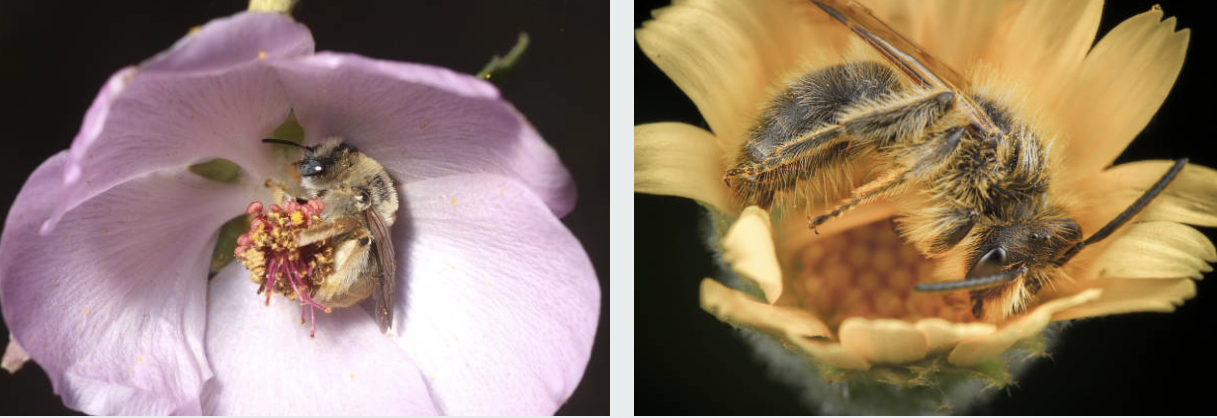
Where Do Bees Sleep?
Whoever coined the phrase, "busy as a bee" without a doubt got it right. The black and yellow machines always seem to be working. Some are out collecting pollen.
Others are busy feeding the little ones. Others are watching over the hive. With all this work and responsibility to deal with, it is safe to say that no one deserves some decent shut-eye more than bees. But do they really ever sleep?
And if so, where, why and how do they sleep? Do bees sleep at night? As a bee keeper, it is important to get the answers to these questions. Figuring out where bees sleep will allow you to provide them with the best conditions to ensure that they survive and thrive.
Below is all you need to know about where do bees sleep.

Why Do Bees Sleep?
Bees sleep for the very same reason human beings and other animals sleep; to rest both physical and cognitive systems. If they do not get the sleep that they so desperately require, a lot could go wrong.
This includes:
Lack of energy for foraging
This is especially the case for forager bees. Their main jobs include collecting nectar, pollen, water and bee propolis. All this includes flying out great distances and carrying the heavy materials back to the hive. Without adequate rest, the bees might not be physically capable of carrying out these strenuous tasks.
Interferance with the bee’s cognitive functions
Bees are very smart insects and their cognitive capabilities rely heavily on adequate rest. An example is their inbuilt tracker system that allows them to commit different important routes to memory. They therefore need to sleep in order to give their brains time to rest and rejuvenate in readiness for future responsibilities.
Poor hive coordination
Bees also sleep as a way to ensure that they interact seamlessly with one another in the colony. When they are not well rested, one thing that is seriously affected is communication. This in turn leads to confusion and lack of coordination within the hive.
Reduced defense capabilities
Finally, bees sleep in order to have the physical and mental energy to protect themselves. In this case, they have sleeping patterns that ensure that the guards get to sleep in shifts. That way, at no one time is the hive left unprotected.

How Long Do Bees Sleep?
Now that we understand why bees absolutely need to sleep, the next important thing to learn is their sleeping patterns. For the most part, how long and how often a bee gets to sleep is determined by their age and occupation.
The youngest usually serve as hive cleaners. Their sleeping patterns include frequent and very short power naps as they works.
Older bees like the 4-12 day old nurses and the 13-20 day old storers have longer naps but in less frequent bursts.
Finally, the foragers get to enjoy the most nap time mainly because of their highly demanding responsibilities. In this case, they are also unique in that they get most of their sleep at night in the form of continuous sleep unlike the others that survive on power naps.
Where Do Bees Sleep?
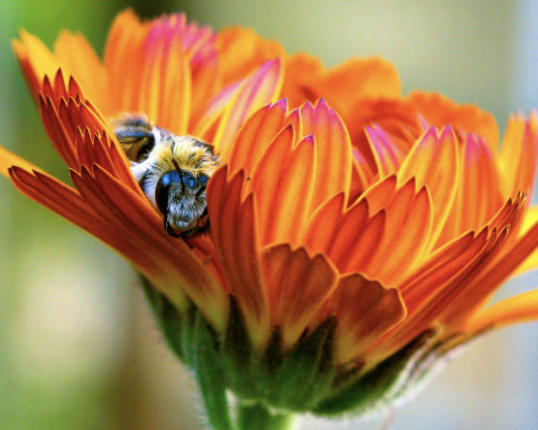
Finally, where do bees sleep?
That is the million dollar question. For a long time, it was believed that bees had no structure in terms of sleeping arrangements.
That they slept anywhere on the hive where they would get space. However, scientists have shown that bee colonies actually have assigned sleeping spots.
As with the sleeping patterns, this is also determined by hierarchy and the bee’s job in the hive. Cleaners, larva and the queen are closest to the center of the hive and therefore get most of their sleep in the special hive cells. Nurses and storers on the other hand pretty much sleep wherever they can. It could be in the cells, combs or wherever else they get space for their nap bursts.
The older forager bees on the other hand sleep at the very edges of the hive. There are many reasons for this. The first is the fact that most of them also serve as guards and therefore need to be where the hive is most vulnerable. The second reason is for quick access to the hive’s exit when they are done sleeping to continue with work.
Finally, scientists believe that they also prefer the more secluded hive edges to escape the noise and activity in the hive. This allows them to get higher quality and quantity of sleep.
With all this information, one thing is clear. This is the fact that bees absolutely need sleep and order in terms of sleeping arrangements in order to ensure that the hive is productive.
As the beekeeper, the best way to help is by ensuring that you provide adequate facilities for the bees. This means that the bee box or the hive you invest in should be comfortable, spacious and safe for the bees.
This makes it easier for them to feel at home allowing them to let down their guard enough to actually enjoy some sleep. Finally, if possible try and invest in a bee box that closely resembles the combs and structure of a natural bee hive.
This allows the bees to find their rightful sleeping spots for more effective sleep.
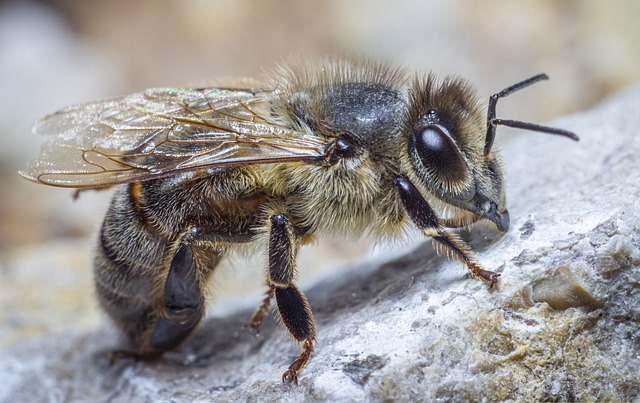




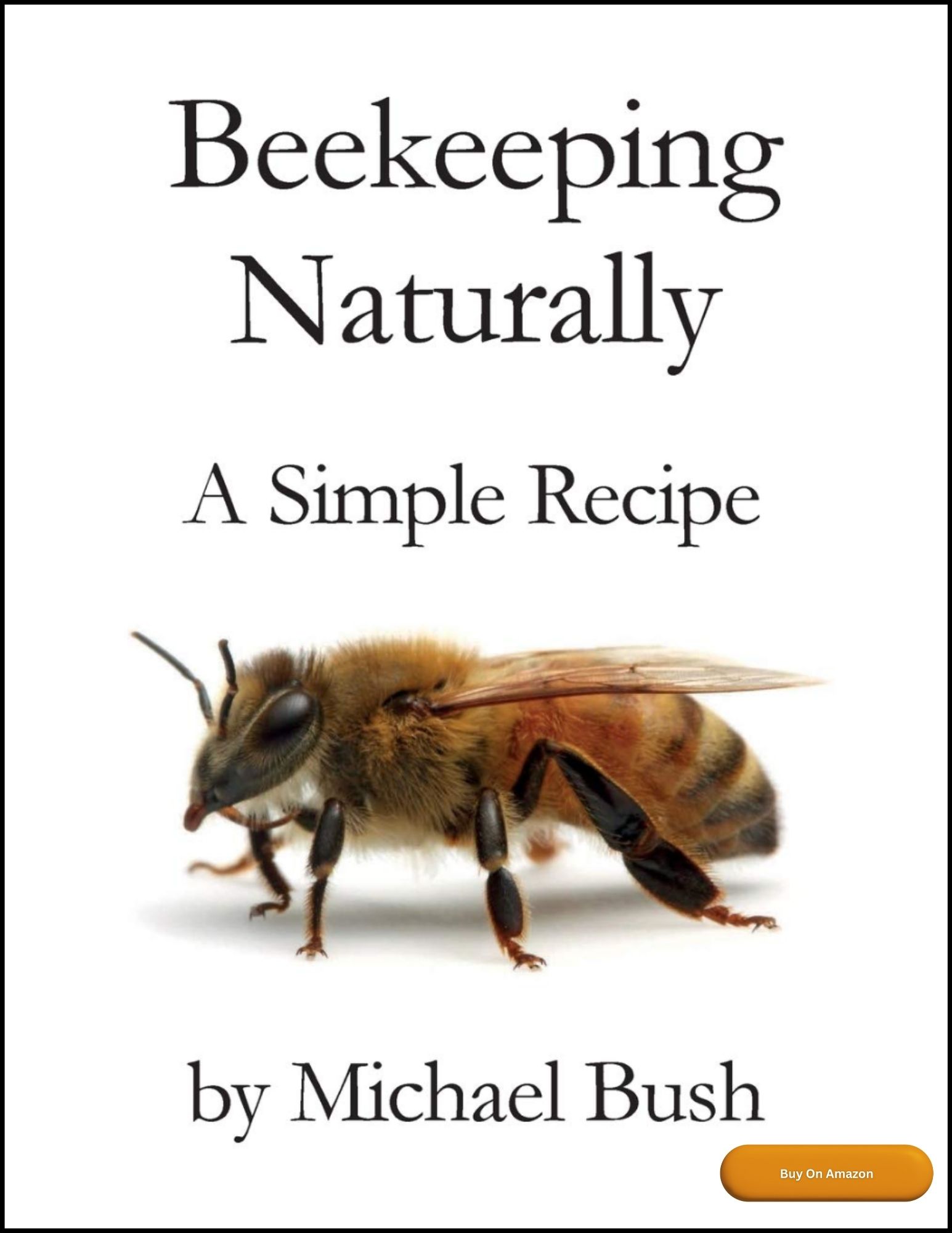
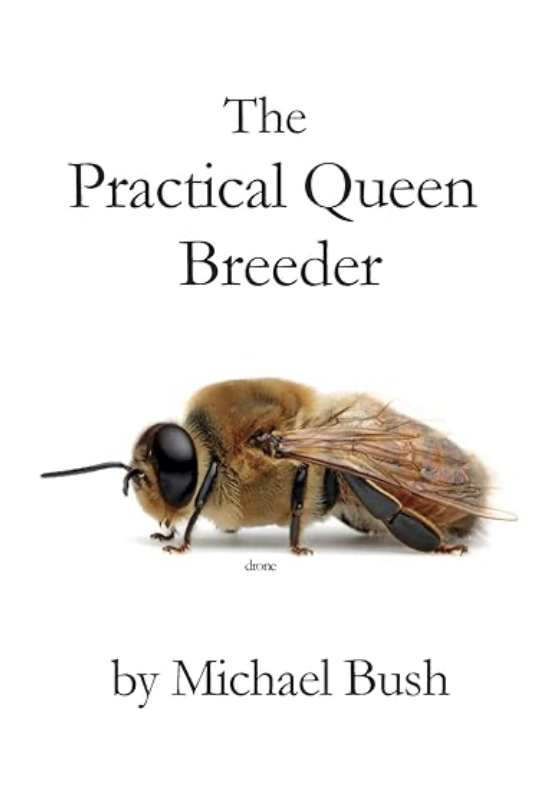

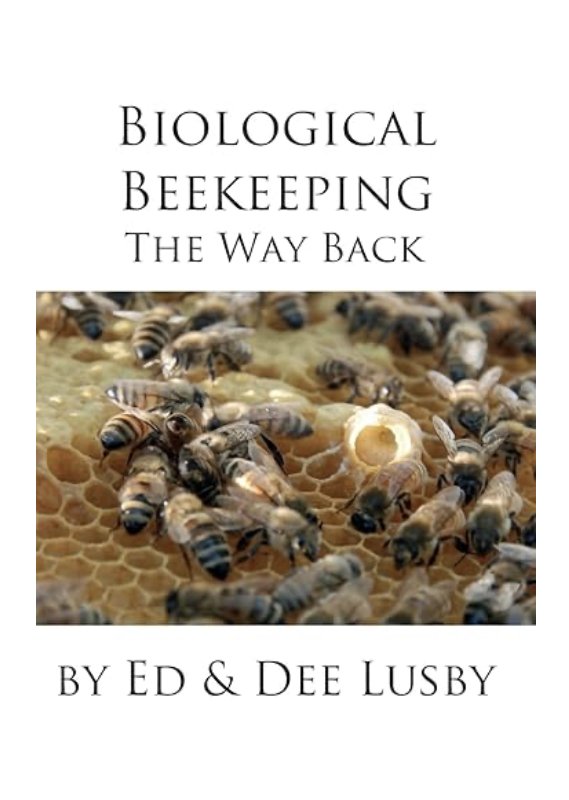

New! Comments
Have your say about what you just read! Leave me a comment in the box below.